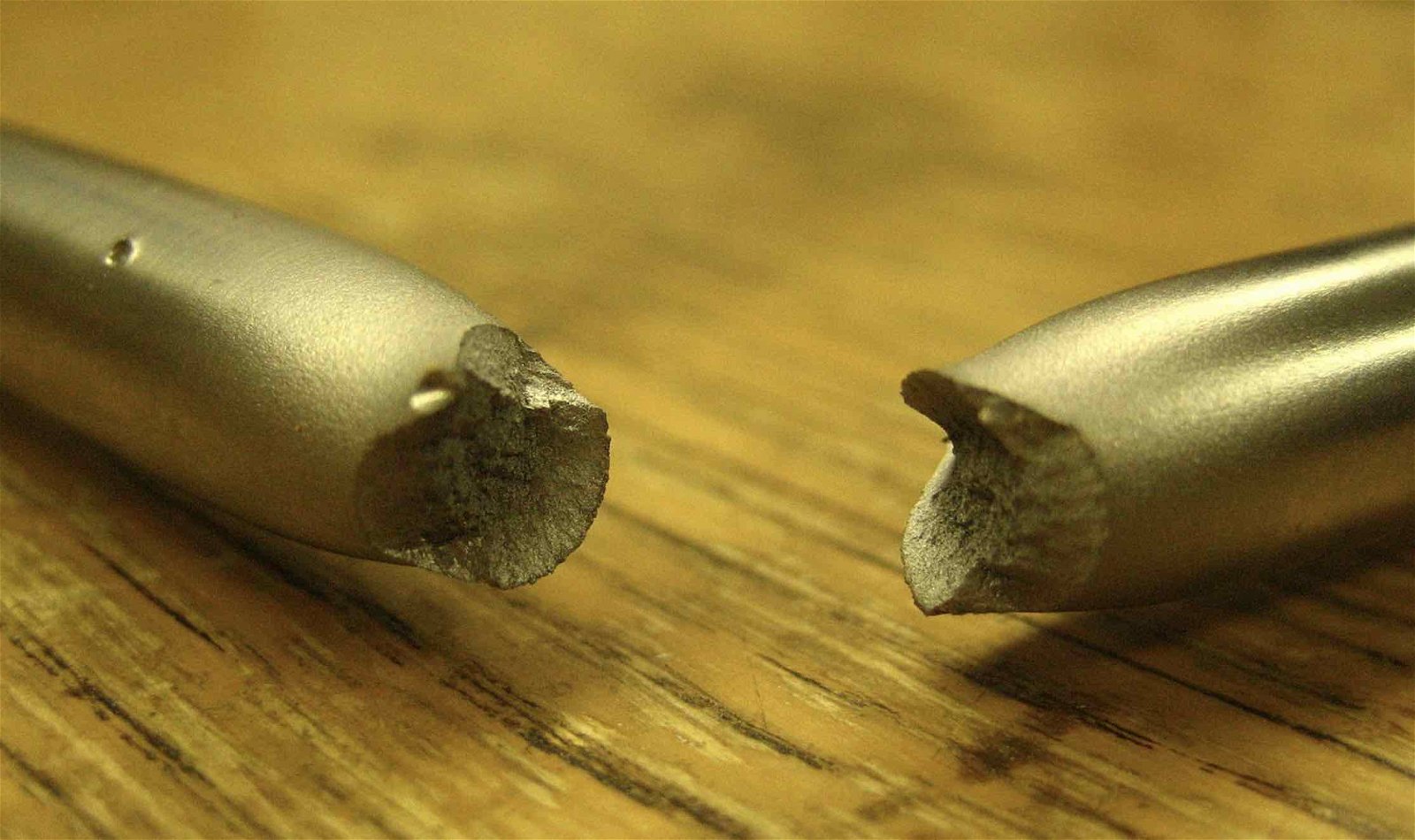Scientists say they have created a new method of testing materials that allows predictions to be made about their ductility, which could lead to the production of virtually “unbreakable” metals for use with components in a variety of applications.
Drawing from quantum mechanics principles, the new method allows for significant improvements by enhancing predictions about metals’ ability to be drawn out into thinner shapes while maintaining their strength.
According to researchers involved with the discovery, the new method has proven very effective for metals used in high-temperature applications and could help industries like aerospace and other fields perform tests of various materials more rapidly.
The discovery was reported by scientists at Ames National Laboratory in cooperation with Texas A&M University.
The team’s new quantum-mechanics-based approach has already proven effective on refractory multi-principal-element alloys, a group of materials that often lack the ductility required for their use in the demanding conditions of fusion technology, aerospace applications, and other applications where metals must be capable of withstanding extreme temperatures.
Problems associated with metal ductility have remained a challenge to such industries for many decades since it remains difficult to predict a metal’s thresholds for deformation without compromising its toughness. This has led many industries to resort to trial and error, which also presents issues due to the material costs associated with repeated testing and the amount of time it requires.
The Weirdness of Local Atomic Distortion
One of the hidden factors underlying such problems has to do with the fact that all materials possess atomic structures with a surprising degree of variety. Each atom possesses a different shape from one to the next, and these atoms constantly adjust to fit within the spaces they occupy, giving rise to a phenomenon known as local atomic distortion.
According to Prashant Singh, a scientist at Ames Lab who leads its theoretical design efforts, he and his colleagues, which included Gaoyuan Ouyang, also an Ames Lab Scientist who led the team’s experimental efforts, incorporated local atomic distortion into their analysis of materials to determine their strength and potential ductility.
Singh says that current approaches to performing such tests “are not very efficient at distinguishing between ductile and brittle systems for small compositional changes.” However, he and his team’s method “can capture such non-trivial details because now we have added a quantum mechanical feature in the approach that was missing.”
The Path to Unbreakable Metals
Singh says that the highly efficient new method he and his colleagues have developed can test thousands of individual materials in a very short amount of time. This allows unprecedented predictions to be made about various materials and what combinations of them are worth conducting additional experiments with.
Singh and his colleagues’ new process’s speed and efficiency significantly reduce the time required for testing, which has hindered past efforts, and also reduces the strain placed on resources.
Tests were performed on a series of predicted materials known as refractory multi-principal-element alloys, or RMPEAs. These alloys are well suited for use in high-temperature applications, including nuclear reactors, propulsion systems, and a variety of others.
“The predicted ductile metals underwent significant deformation under high stress,” Ouyang said of the team’s validation tests, “while the brittle metal cracked under similar loads, confirming the robustness of new quantum mechanical method.”
The team describes their innovative new work and its potential use in creating virtually unbreakable metals in a paper titled “A ductility metric for refractory-based multi-principal-element alloys,” which was recently published in the journal Acta Materialia.
Micah Hanks is the Editor-in-Chief and Co-Founder of The Debrief. He can be reached by email at micah@thedebrief.org. Follow his work at micahhanks.com and on X: @MicahHanks.

